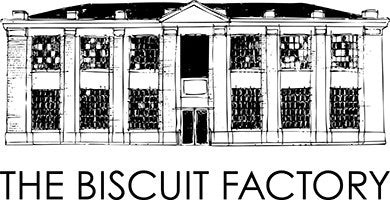What makes a good composition?
For me, a good composition starts with careful observation and planning, supported by solid drawing before applying paint to canvas—or in my case, board.
My sketchbooks are filled with thumbnail sketches, mostly created on location and later refined in the studio. This process forms the basis of my compositions. I often seek out key elements like perspective, shape, high horizon lines, and light contrast, though I enjoy occasionally experimenting with these aspects.
Can you tell us a bit more about your process?
My initial process revolves around observation. I identify what catches my eye—primarily shadows, light casts, and shapes across buildings, roads, interiors, or landscapes. From there, I sketch or take photos if drawing isn’t possible. These become thumbnail sketches in my sketchbook, serving as visual diaries with notes on colour, location, details, mood, and light conditions.
Most studies remain at this stage, but if they progress, I develop a series of artworks from the same location whenever possible.
Over time, these pieces share a developmental history, aiding in the consistency of colour palettes, marks, and moods throughout the process.
Working on multiple pieces simultaneously allows me to make mistakes, be less precious with individual studies, and experiment. This ‘energy’ and lack of preciousness, I hope, make the works lively and interesting.
Over time, some artworks become more refined than others, reaching a point where they are ‘finished’—though I never quite know if a painting is truly finished or if I simply stop working on it!


